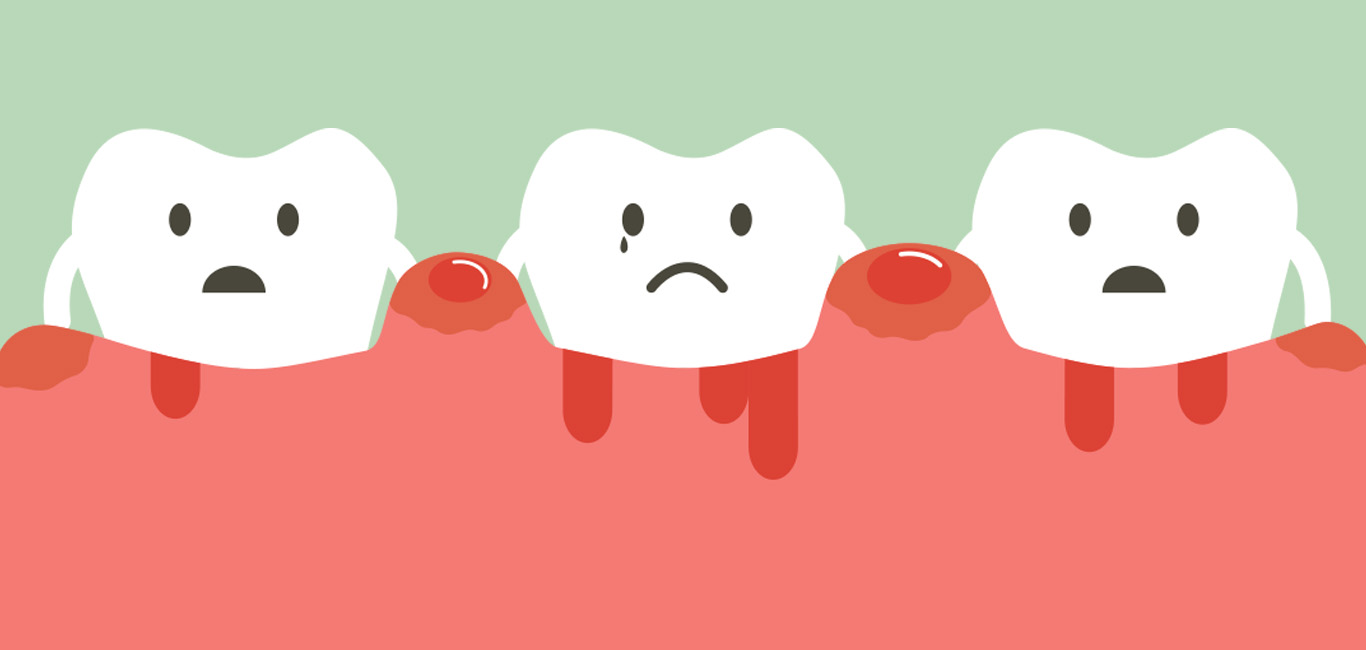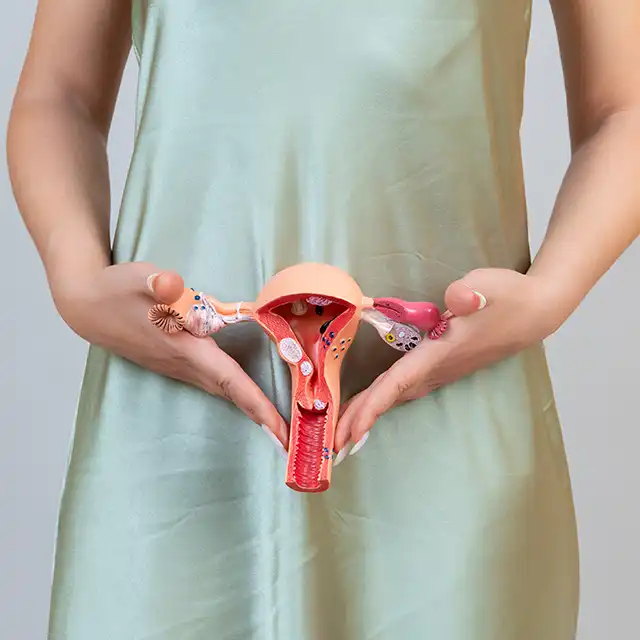
Scurvy is one of the oldest-known nutritional disorders in humans. It occurs when a person’s diet is severely deficient in vitamin C. Scurvy is rarely found today, as people usually get enough vitamin C. This was not the case earlier. It was discovered during the 1600s when sailors on long voyages began to show its symptoms.
Vitamin C is also called ascorbic acid and is an essential vitamin in humans because unlike most animals they cannot make it and has to be incorporated in food. It is important to remember that vitamin C is heat-sensitive and therefore boiling or overcooking fresh fruits and vegetables reduces their nutritional value.
Vitamin C is required most during childhood and pregnancy, and least during old age. Scurvy can affect any age group, and both sexes.
Symptoms
It takes a few months for the symptoms of scurvy to manifest. They occur when vitamin C gets depleted in our body.
A deficiency of this vitamin can cause hemorrhage in any organ, and affect bone formation, with the bones becoming brittle.
The initial symptoms of scurvy are –
- Mouth – Bleeding from gums and detachment of gums, which eventually leads to loosening of teeth
– Appearance of petechial hemorrhages which are small purplish-red spots due to bleeding within the tissues
- Skin – The skin becomes dry and rough,
– diffuse petechial hemorrhages, and papules, which are small, raised lesions on the skin,
– twisted and fragile hair
- Dryness and irritation of the eyes
- Moderate anemia
- Fatigue, pain and stiffness of the joints, and lower limbs
- Bleeding in the joints due to mild trauma
- Delayed wound healing
- Mood changes, depression
- Severe psychiatric conditions
- Chronic conditions like diabetes
When the symptoms are ignored or left untreated, it can even lead to death due to excessive bleeding, severe jaundice, convulsions, heart disease, or complications from infection.
Infants and young children show irritability, along with tenderness of the legs, and muscle incoordination of the legs. There is bleeding around erupting teeth.
Causes
Vitamin C is essential in the formation of collagen, an important element for tissue synthesis and the chief constituent of blood vessel walls, skin, bones, and gums.
Scurvy is manifested only when there is no vitamin C in the diet for a long time.
Vitamin C has also got excellent antioxidant properties and an ability to increase iron absorption from the intestine.
There are certain risk factors that contribute to the deficiency –
- Smoking, alcoholism, and stress
- Low socio-economic status
- Improper dieting techniques and avoiding vitamin C rich foods due to allergy
Diagnosis
It is difficult to recognise scurvy during the early stage because the symptoms are non-specific and common to a lot of conditions.
There are some criteria for diagnosing scurvy –
- Symptoms that are characteristic of the condition
- Blood tests that can show low levels of vitamin C
- Lower urinary excretion rate
X-rays may reveal fractures and dislocations, and bone resorption (wearing away).
A diagnosis of scurvy can be confirmed when the individual recovers from the symptoms after using vitamin C supplements.
Treatment
Scurvy is treated in the following way-
- Adding fresh fruits and vegetables to the diet along with vitamin C supplements
- Consuming vitamin C supplements that help in improving symptoms like fatigue, pain, confusion, loss of appetite, bleeding, and bruising
Common sources of vitamin C
- The recommended daily intake of vitamin C is 75 mg for women, 90 mg for men, 85 mg for pregnant women, and 15-45 mg for children
- Citrus fruits like oranges, lemons, and grapefruits
- Vegetables like potatoes, broccoli, spinach
Sources:

















